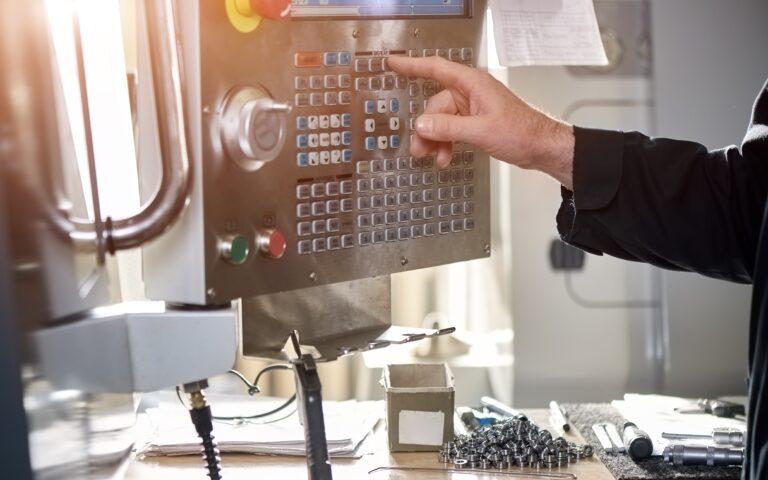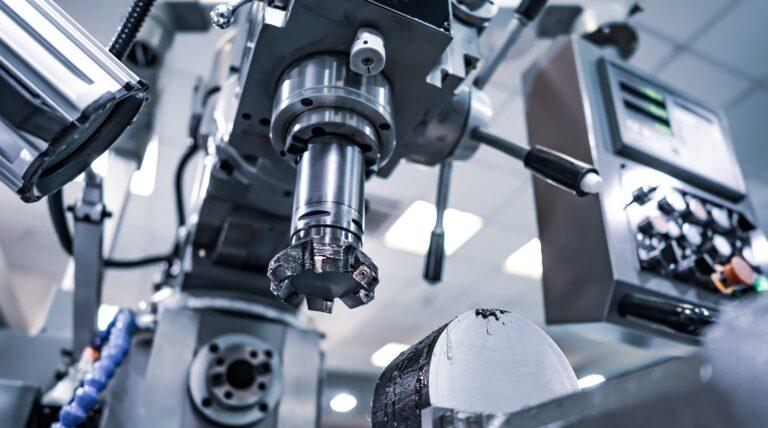CNC machining of composite materials has established itself as an essential technology in the manufacture of parts for demanding sectors such as aeronautics, automotive, professional sports and medicine.
These materials, characterized by their high strength-to-weight ratio and their ability to be tailored to the needs of the product, require specific machining processes to preserve their properties during processing.
Why is it necessary to machine composite materials?
Composite materials, such as carbon fiber reinforced (CFRP) or glass fiber reinforced (GFRP), are mainly manufactured by molding processes. However, once the semi-finished part is obtained, it is necessary to machine it to achieve precise fits, holes, slots or functional surfaces that cannot be integrated in the molding. CNC machining makes it possible to work with high precision on materials with heterogeneous structures that are sensitive to heat or excessive friction, such as composite materials.
In aeronautics, for example, up to 50 % of the structural volume of a modern aircraft is composed of composite materials, many of which must be adjusted or modified after curing. The millimeter precision and repeatability of CNC machining make it the ideal solution for such cases.
Specific techniques for machining composite materials
The machining of composite materials cannot be performed with the same strategies applied to metals. The abrasive properties of the fibers and the fragility of the polymer matrix require the use of adapted tools and parameters. Some of the most commonly used techniques are:
- High Speed Milling (HSM): Minimizes the contact time between tool and material, reducing the heat generated and the risk of delamination.
- PCD (polycrystalline diamond) tools: Their high hardness makes them ideal for resisting wear caused by fibers.
- Drilling with feed control: It allows to avoid the separation of layers in layered materials.
- Cryogenic cooling or MQL: Helps to keep the temperature low without affecting the matrix.
- Waterjet cutting: Ideal for complex cuts without direct mechanical contact.
Main challenges in machining composite materials
Despite technical advances, the machining of composite materials still faces a number of challenges:
- Delamination: Separation of material layers by excessive forces or vibrations.
- Accelerated tool wear: Abrasive fibers rapidly erode cutting edges.
- Evacuation of chips and toxic dust: Machining generates fine particles that can be harmful to health and difficult to remove.
- Irregular finishes: The machining of oriented fibers generates burrs and uneven surfaces if not properly controlled.
These challenges require the implementation of particle extraction systems, non-destructive quality controls and specific cutting strategies for each type of composite material.
Innovation and the future of CNC machining
The current trend is towards digitalization of the process by means of pre-machining simulations, sensors integrated into tools for real-time monitoring and artificial intelligence solutions that allow cutting parameters to be adjusted according to the behavior of the material during the process.
In addition, the incorporation of robotic cells and 5-axis CNC machines specially adapted for composite materials is revolutionizing machining efficiency and safety. These advances are making CNC machining of composite materials increasingly viable, efficient and sustainable.
At Proto&Go! we offer the best CNC machining service for your parts and prototypes. You can request your quotation through the form on our website in a quick and easy way.
What are you wating for? Request your quote now!





